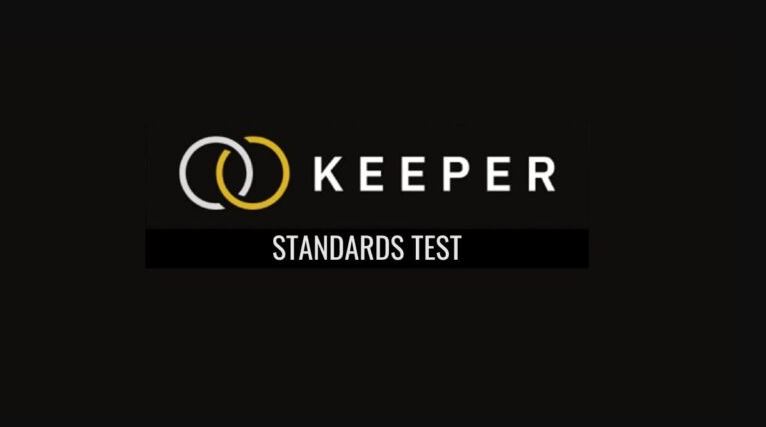The Keeper Standards Test is essential for evaluating the skills and readiness of goalkeepers in soccer. This article will delve into the purpose, components, and significance of the Keeper Standards Test, offering insights for coaches, players, and enthusiasts alike.
What is the Keeper Standards Test?
The Keeper Standards Test is a structured evaluation designed to assess the performance of goalkeepers. It focuses on various skills, including shot stopping, positioning, communication, and distribution. The test aims to ensure that goalkeepers meet specific standards required for competitive play.
Importance of the Keeper Standards Test
- Skill Assessment: It provides an objective measure of a goalkeeper’s abilities.
- Development Tracking: Coaches can track player progress over time.
- Preparation for Competition: It helps players prepare for high-stakes matches.
Components of the Keeper Standards Test
The test includes several key components, each designed to evaluate specific skills necessary for goalkeeping. Here’s a breakdown of the main components:
1. Shot Stopping
This component assesses a goalkeeper’s ability to save shots from various angles and distances. Goalkeepers are tested on:
- Reflex saves: Quick reactions to unexpected shots.
- Low dives: Ability to reach low balls.
- High saves: Jumping to save shots aimed at the upper corners.
2. Positioning
Proper positioning is crucial for effective goalkeeping. This segment evaluates:
- Starting position: Goalkeepers must begin in an optimal stance.
- Angle play: The ability to reduce the shooting angle for attackers.
- Movement: Quick lateral movement to adjust positioning.
3. Distribution
Effective distribution can initiate counter-attacks. This includes:
- Throws: Accuracy in short and long throws.
- Kicks: Power and precision in goal kicks and punts.
- Passes: Ability to make precise passes to defenders.
4. Communication
A goalkeeper must communicate effectively with their team. This aspect evaluates:
- Vocal commands: Clear instructions to defenders.
- Organizational skills: Ability to organize defensive plays.
- Feedback: Providing constructive criticism to teammates.
5. Decision Making
Goalkeepers often face quick decisions during matches. This test assesses:
- Risk assessment: Knowing when to challenge attackers or stay back.
- Timing: Making split-second decisions on when to come off the line.
- Game reading: Understanding the flow of the game and adapting accordingly.
How the Test is Conducted
The Keeper Standards Test is typically conducted in a controlled environment, such as a training facility or a soccer field. Coaches or evaluators will supervise the process. Here’s how it usually unfolds:
- Warm-Up: Goalkeepers perform a warm-up to prepare for the test.
- Skill Drills: Each component of the test is conducted through specific drills.
- Evaluation: Coaches record performance metrics for each component.
- Feedback Session: Players receive feedback on their performance.
Benefits of the Keeper Standards Test
Implementing the Keeper Standards Test provides numerous advantages:
- Improved Performance: Regular assessments help goalkeepers identify areas for improvement.
- Informed Coaching: Coaches can tailor training sessions based on test results.
- Competitive Edge: Goalkeepers who meet the standards are more prepared for competition.
Table: Summary of Components and Skills Assessed
| Component | Skills Assessed |
|---|---|
| Shot Stopping | Reflex saves, low dives, high saves |
| Positioning | Starting position, angle play, movement |
| Distribution | Throws, kicks, passes |
| Communication | Vocal commands, organizational skills, feedback |
| Decision Making | Risk assessment, timing, game reading |
Conclusion
The Keeper Standards Test is a vital tool for assessing and enhancing the skills of goalkeepers. By focusing on essential components such as shot stopping, positioning, distribution, communication, and decision making, the test equips goalkeepers with the necessary skills for success. Coaches and players should incorporate this test into their training regimens to foster growth and readiness for competition. Regular evaluation not only sharpens skills but also promotes a deeper understanding of the game.




